Contact us
Flotation
Flotation is a technique which allows the solids to be separated from each other by taking advantage of the existing differences between their surface properties (hydrophobicity >< hydrophilicity) when they are placed in the presence of air in an agitator vessel.
The material, pulped after fragmentation through a wet process, generally measuring less than 250 µm, allowing the liberation of the recoverable mineral from the gangue, is conditioned by the addition of a chemical reagent called a collector, whose role is to selectively render hydrophobic the surface of the mineral to be floated. The pulp is placed into a cell fitted with a rotor-stator unit or placed into a column fitted with an air injector, which enables air bubbles to be generated whilst also dispersing the material. The hydrophobic particles attach themselves to the bubbles rising to the surface in forming a foam filled with minerals, made stable by the addition of a surface-active agent (foaming). The hydrophobic minerals are then mechanically harvested by means of scrapers on the surface of the water.
Flotation can be called direct, in the case where the valuable mineral is floated, or inverse, in the case where the gangue rendered hydrophobic is recovered in the foam, the mineral of value remining in the underflow.
In order to meet these various requests, the CTP The CTP has a range of equipment functioning at laboratory scale and at pilot scale, to operate in batches or continuously and can offer the carrying out of tests leading to the optimization of the processing options.
- Batch testing to determine the kinetics of flotation;
- Batch testing in series in order to optimise the different flotation parameters (the dose of reagents, Solid/Liquid ratio, number of stages, etc.);
- Locked-cycle test. This consists of repeating the batch testing in which the intermediary products are recirculated in the next cycle in order to model a continuous process and to estimate its metallurgical balance-sheet. It allows the flowsheet established at laboratory level to be approved.
- Batch or continuous testing a pilot level.
| Equipments | Volume | Operation | Solid flow | |
|---|---|---|---|---|
| Laboratory cell |
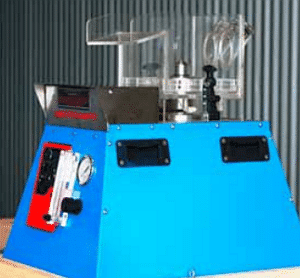
|
1 to 8 l | Batch | - |
| Mini-pilot cells |
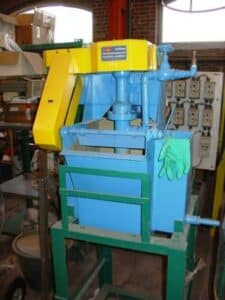
|
10 and 40 l | Batch or continuous | 10 to 100 kg/h |
| Mini-pilot flotation test bench |
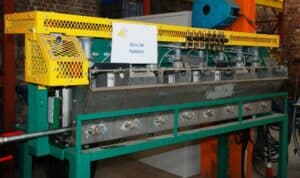
|
4 x 10 l 6 x 10 l 8 x 10 l | Continuous | 10 to 100 kg/h |
| Pilot flotation cell |
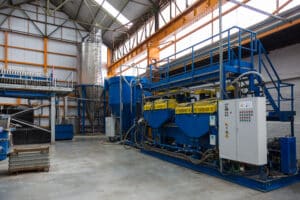
|
2 x 710 l | Continuous | 500 to 1000 kg/h |
| Pilot flotation column |
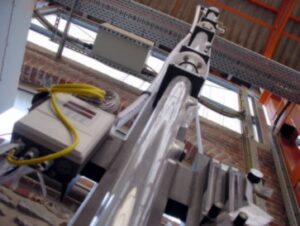
|
12,5 l | Continuous | 300 kg/h |
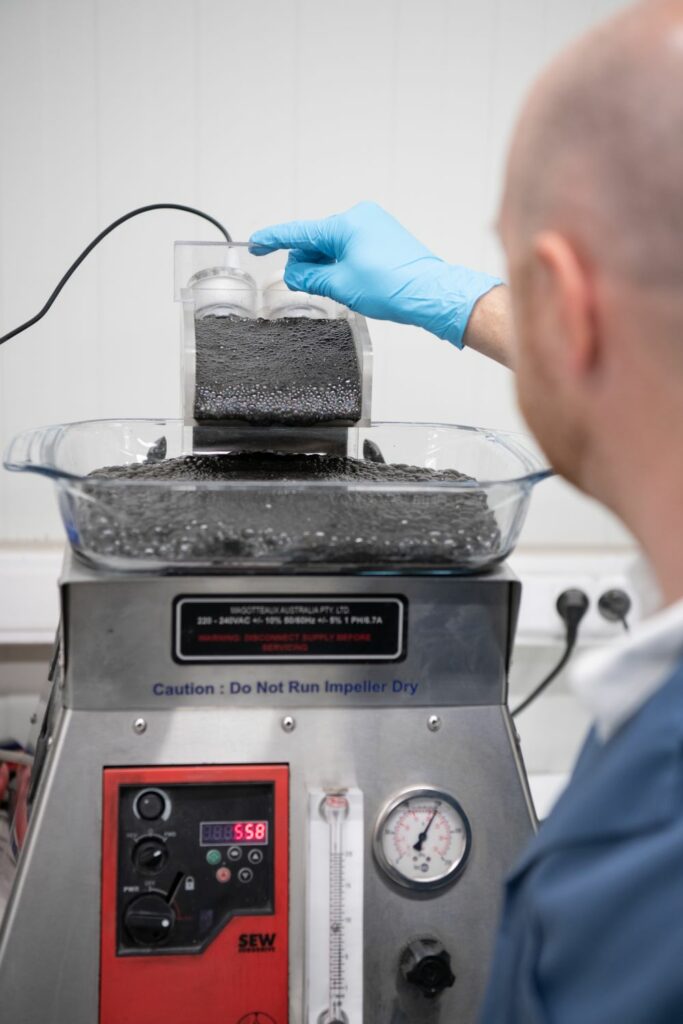
Our expertise
In mineral processing
All
Our expertises